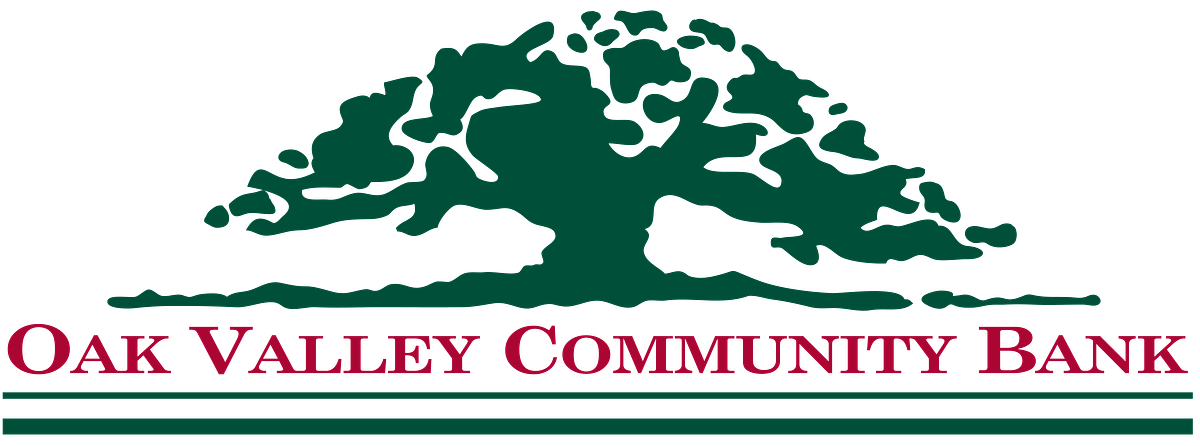
Investing in Futures: Bank & Nonprofit Team Up to Bridge Central Valley Skills Gap
A new partnership in California’s Central Valley is tackling economic disparities by equipping Latino youth with the skills needed for both college and in-demand trades. Can this model scale?
Investing in Futures: Bank & Nonprofit Team Up to Bridge Central Valley Skills Gap
Modesto, CA – In a region grappling with economic disparities and a shifting workforce landscape, a collaborative effort between Oak Valley Community Bank and the City Ministry Network is aiming to bridge the skills gap and empower Latino youth with pathways to economic opportunity. A recent $150,000 grant from the bank will bolster the nonprofit’s workforce development program, focusing on both college preparatory training and in-demand skilled trades – a unique approach addressing the evolving needs of the Central Valley’s economy.
California’s Central Valley, while a vital agricultural hub, faces persistent challenges including higher-than-average unemployment rates and limited access to quality education and job training, particularly for minority populations. “There's a real need for programs that don't just focus on a four-year college degree,” explains a local economic development leader, speaking anonymously. “Many good-paying jobs don’t require a bachelor’s, and we need to equip our young people with skills for those opportunities as well.”
The partnership between Oak Valley Community Bank and the City Ministry Network is designed to do just that. The grant will support a program providing Latino youth with soft skills development, job shadowing opportunities, and targeted training in both academic areas crucial for college success and high-demand skilled trades like construction, advanced manufacturing, and healthcare support.
“We’ve seen a clear gap in the skills available and the needs of local employers,” says a representative from the City Ministry Network. “This funding allows us to expand our reach and offer a more comprehensive program that truly prepares our students for success, whether they choose to pursue higher education or enter the workforce directly.”
Beyond Traditional Pathways
While college remains a vital path for many, the emphasis on skilled trades sets this program apart. The Central Valley is experiencing a shortage of qualified workers in these sectors, creating both economic challenges and opportunities. According to data from the California Employment Development Department, the region consistently reports high demand for construction workers, welders, mechanics, and healthcare technicians.
“For too long, we’ve pushed the idea that a four-year degree is the only route to a good life,” says a vocational training expert. “This program recognizes that skilled trades are valuable, well-paying careers that offer stability and opportunity. It’s about providing options and empowering young people to make informed decisions about their futures.”
The program will also focus on “soft skills” – critical thinking, communication, teamwork, and problem-solving – which are increasingly valued by employers across all sectors. “Technical skills are important, but they're not enough,” explains a local HR professional. “Employers are looking for candidates who can communicate effectively, work as part of a team, and adapt to changing circumstances.”
A Model for Community Investment?
The partnership between Oak Valley Community Bank and the City Ministry Network represents a growing trend in community investment – a shift towards more strategic and collaborative approaches to addressing local challenges.
“Banks are increasingly recognizing that investing in the economic health of their communities is not only good for society, but also good for business,” says a financial analyst specializing in community development. “When local economies thrive, banks benefit from increased lending opportunities and a more stable customer base.”
Oak Valley Community Bank has a long history of supporting local initiatives, but this grant represents a more focused and comprehensive investment in workforce development. The bank's leadership sees the program as a way to address a critical need in the community while also building a stronger, more resilient economy.
“We believe that investing in our young people is the best way to secure a brighter future for the Central Valley,” says a bank spokesperson. “By providing them with the skills and opportunities they need to succeed, we can help build a more equitable and prosperous community for all.”
Scaling the Impact
While the initial grant is a significant step forward, questions remain about the scalability and long-term sustainability of the program. Can this model be replicated in other communities facing similar challenges? What are the key factors that will determine its success?
Experts say that a collaborative approach, strong community partnerships, and a focus on measurable outcomes are essential. “It’s not enough to just throw money at the problem,” says a community development consultant. “You need to have a clear vision, a well-defined strategy, and a commitment to ongoing evaluation and improvement.”
The City Ministry Network is already exploring opportunities to expand the program and reach more students. They are also working to develop partnerships with local employers to create internship and job placement opportunities.
“We’re committed to building a program that is truly sustainable and has a lasting impact on the lives of our students,” says a representative from the City Ministry Network. “We believe that by investing in our young people, we can create a brighter future for the Central Valley and beyond.”
The success of this initiative could serve as a model for other communities seeking to bridge the skills gap and create economic opportunity for all. It highlights the power of collaboration, the importance of investing in local communities, and the need to recognize that a diverse and skilled workforce is essential for a thriving economy.
